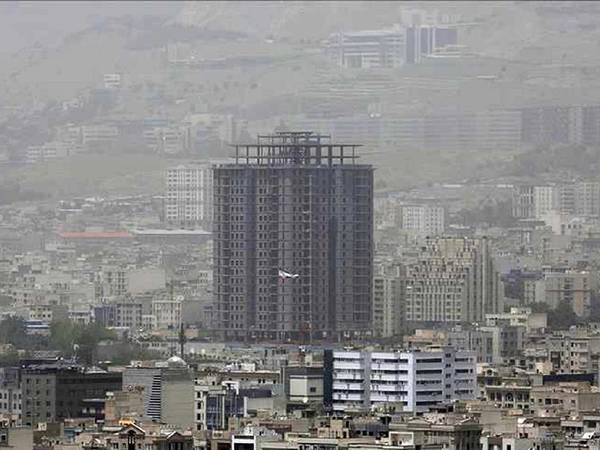New data from the Central Bank of Iran reveals that the average price per square meter of housing in Tehran hit 885 million rials (around $1,500) last month, leaving over half of renters with little hope of ever buying a home due to low income levels.
New data from the Central Bank of Iran reveals that the average price per square meter of housing in Tehran hit 885 million rials (around $1,500), leaving over half of renters with little hope of ever buying a home due to low-income levels.
According to the Central Bank’s estimates, housing prices have increased nearly elevenfold since the start of US sanctions in 2018 and have tripled in local currency over the past three years, during the presidency of Ebrahim Raisi. During the same period the rial fell 50% against the US dollar.
Although the figures provided by the Central Bank indicate a significant rise in housing prices, a loan expert at a private Iranian bank told Iran International that the actual increase in housing prices is much higher than what the Central Bank claims.
Chichek M, identified here by a pseudonym for security reasons, further explained that due to the obligation to offer loans, particularly mortgage loans, at interest rates below inflation, banks in the country have been incurring losses.
According to the latest official reports, Iran's seven largest banks collectively have accumulated losses of 4,640 trillion rials (about $7.7 billion).
Chichek added that while the country’s inflation rate is around 45%, the interest rate for bank loans is set at approximately 23%.
The Central Bank's statistics on housing prices also contradict figures from other governmental institutions. For instance, the Central Bank claims that the average price per square meter of housing in Tehran increased by 16.8% year-on-year in August, whereas the Statistical Center of Iran reports this figure to be 43%.
A significant portion of the soaring house prices in Iran is attributed to the devaluation of the rial against foreign currencies, particularly the US dollar. However, the Central Bank's detailed data reveals that even accounting for currency fluctuations, housing prices have nearly doubled in dollar terms.
The exchange rate of the US dollar has jumped from 40,000 rials in early 2018 to around 600,000 rials, marking a 600% increase. However, during the same period, housing prices have surged by 1,000%, based on Iranian rial.
One reason for the faster rise in housing inflation compared to the rial’s depreciation against the dollar is the government's failure to build new housing. Another factor is the rush of people’s rial-based assets into the housing market as a way to preserve their value.
For example, President Ebrahim Raisi promised to build one million housing units annually, but Mohammadreza Rezaei Kochi, the head of the Parliament’s Construction Committee, says this plan has only achieved 2% progress: “Over the past three years, only a small portion of the previous government’s unfinished projects have been completed and handed over to the public”.
Meanwhile, the ISNA news agency reported on September 22, citing new Central Bank data, that 51% of Tehran's population cannot afford to buy a home priced at 885 trillion rials per square meter.
The report adds that 51% of Tehranian households are renters, who, in addition to facing 45% inflation in rental costs, would have to wait 48 years to purchase a home.
ISNA notes that housing has become a major crisis for everyone in recent years. It describes homeownership as a dream for many Iranians, one that they may never realize in their lifetime.
